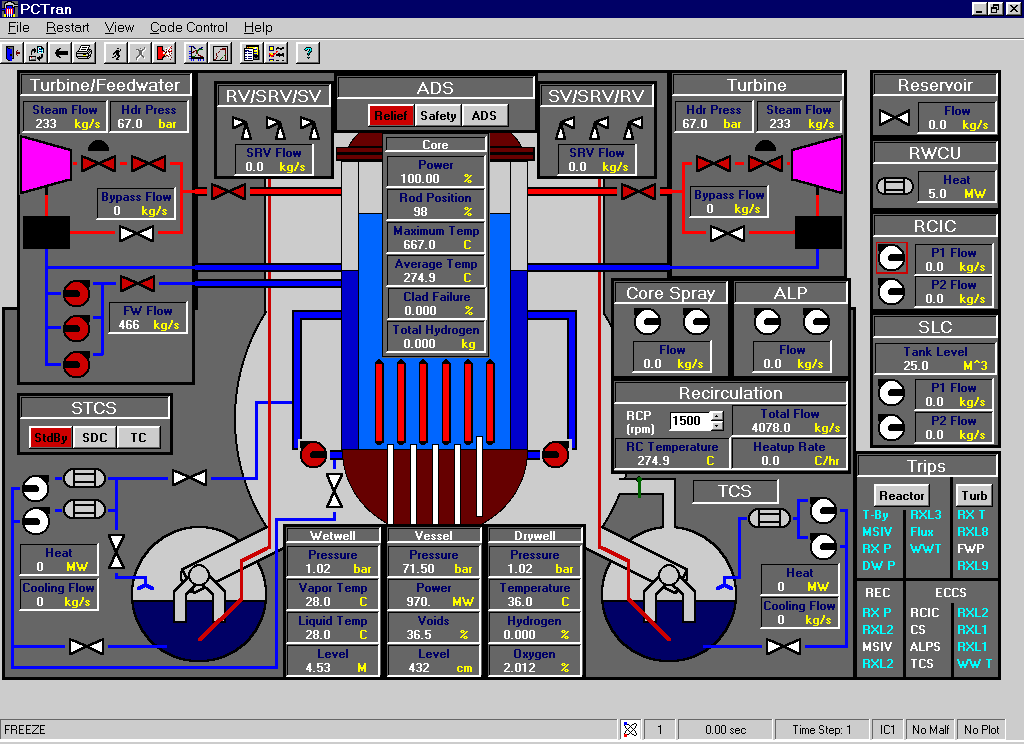In anticipation of the need to incorporate "lessons not quite learned" from the last 3 meltdowns, here is my list economically and technically achievable means to avoid repeats:
a)add a hardwired, remote , backup operating room 0.7 km away from the reactor.
b)spent fuel storage pool located at least 0.5 km away from reactor
c)backup diesel genset at ALL coastal plants to have inlet air snorkel be at least 10 M above sea level. Ditto exhaust discharge nozzle.
d)use geopolymer concrete for containment dome- at least for the foundation- tolerates much higher temperatures than ordinary portland cement concrete.
e) (??) develop and implement a stirling engine based backup circ pump that is driven by primary coolant discharge , air cooled at cold end
f)(??) onsite mandatory storage of sufficient boric acid for loss of coolnat events- perhaps stored in a pressurized local accumulator that can be immeidiately discharged to the core , based on 2 independent keyed switches plus control system confirmation loss of coolant for ( XXX minutes).
a)add a hardwired, remote , backup operating room 0.7 km away from the reactor.
b)spent fuel storage pool located at least 0.5 km away from reactor
c)backup diesel genset at ALL coastal plants to have inlet air snorkel be at least 10 M above sea level. Ditto exhaust discharge nozzle.
d)use geopolymer concrete for containment dome- at least for the foundation- tolerates much higher temperatures than ordinary portland cement concrete.
e) (??) develop and implement a stirling engine based backup circ pump that is driven by primary coolant discharge , air cooled at cold end
f)(??) onsite mandatory storage of sufficient boric acid for loss of coolnat events- perhaps stored in a pressurized local accumulator that can be immeidiately discharged to the core , based on 2 independent keyed switches plus control system confirmation loss of coolant for ( XXX minutes).

